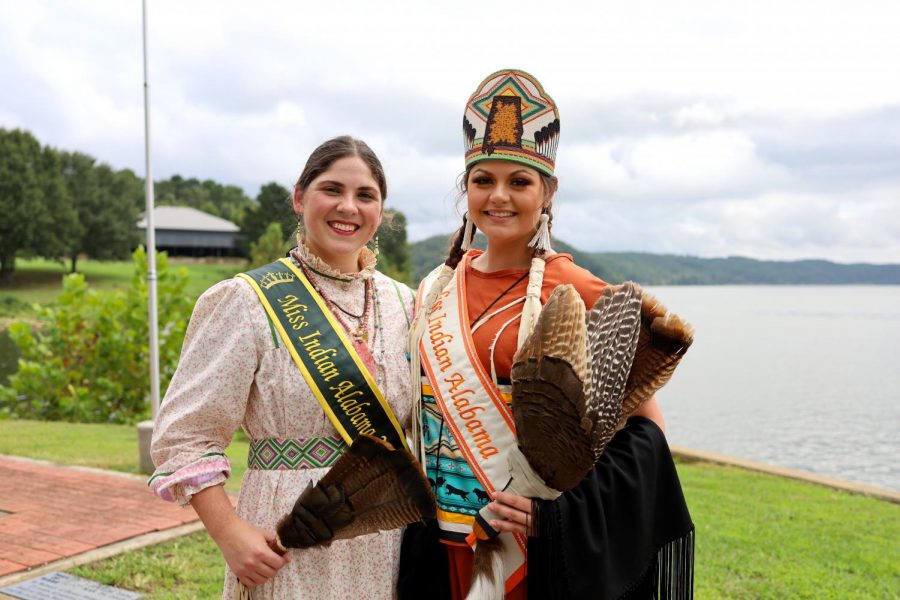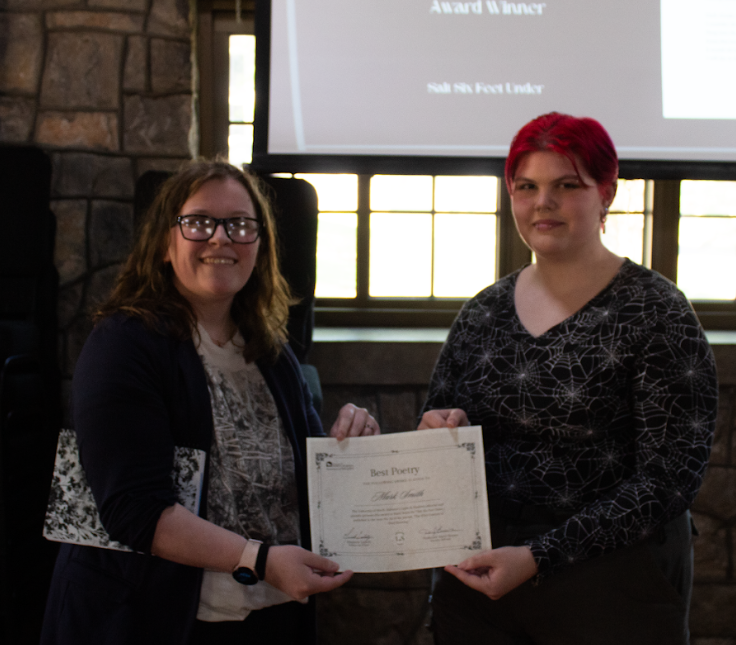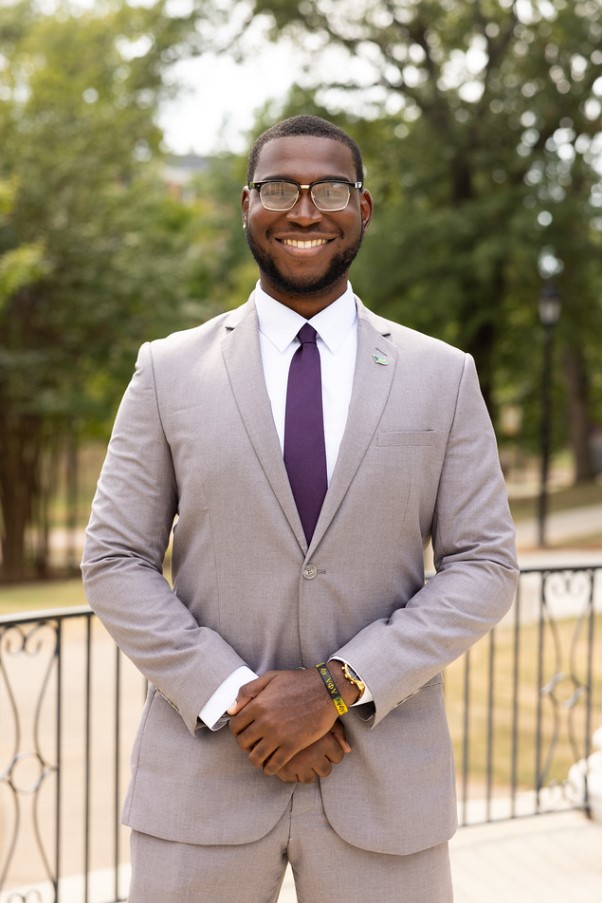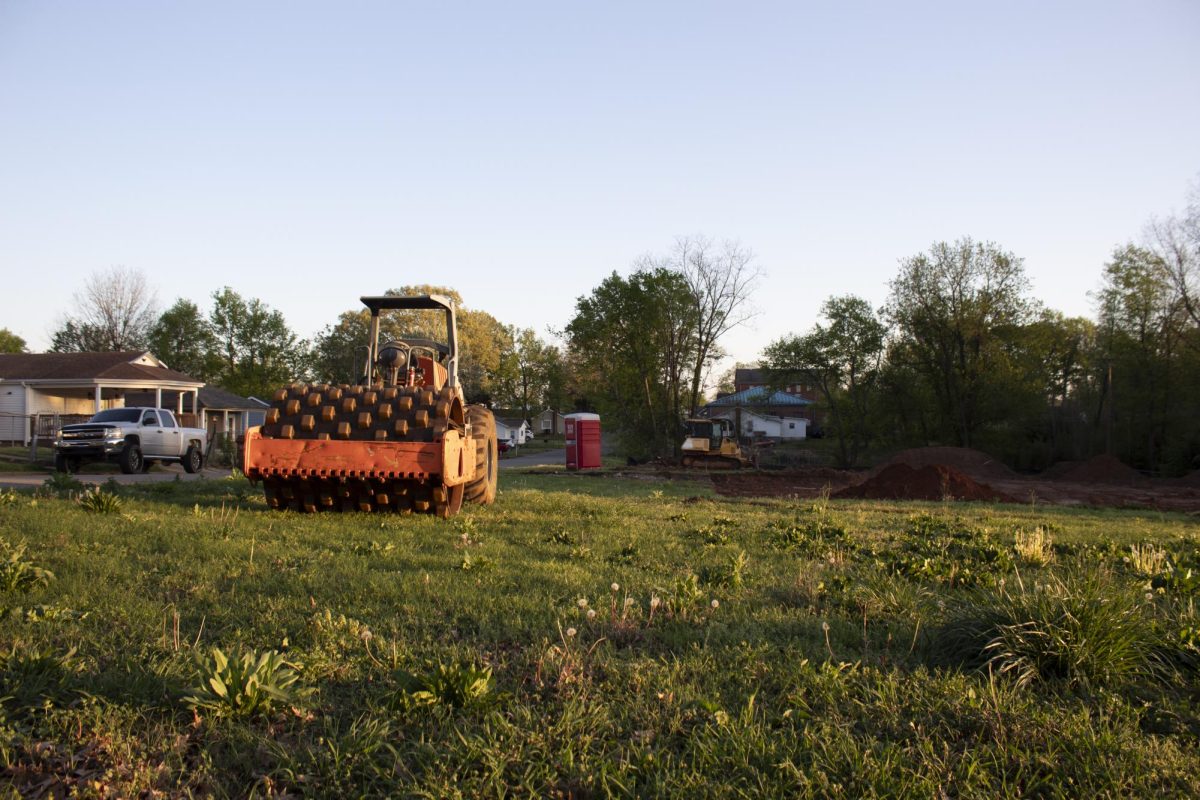As of Nov. 1, the University of North Alabama is observing Native American Heritage Month.
Led by Alyson Bergner and Dr. Andrea N. Hunt, UNA’s Mitchell-West Center for Social Inclusion has gone to lengths to spread word about Native American Heritage Month in Florence. To celebrate the city’s pre-settler ancestors, Bergner and Hunt recommend visiting the Wichahpi Commemorative Stone Wall and the Florence Indian Mound Museum.
Also called the Tom Hendrix Wall or Te-lah-nay’s Wall, the Wichahpi Commemorative Stone Wall honors the memory of its constructor’s great grandmother, Te-lah-nay. In building the wall, constructor Tom Hendrix sought to pay his great grandmother respect. Florence Native Te-lah-nay was a teenager when she was forced from her home during the Trail of Tears, a period in which Native Americans like the Yuchi (Te-lah-nay’s family) were made to migrate on-foot to the American West. Quite literally homesick, Te-lah-nay eventually made her way back to Alabama and began living again among the Yuchi. Currently, her commemorative wall is the largest un-mortared rock wall in the U.S., each of its stones symbolizing a step in her long journey.
In addition to the Wichahpi Commemorative Stone Wall, Hunt and Bergner suggest students pay a trip to the Florence Indian Mound Museum.
Located at 1028 S Court St, The Florence Indian Mound Museum gives visitors a glimpse into the lives of Indigenous peoples from the Tennessee River Valley area, from the final years of the Ice Age to the present. Its name refers to two entities — a small but modern building displaying art exhibits and offering interactive learning opportunities as well as the historic mound itself. The museum is open Tuesday – Saturday from 10 a.m. to 4 p.m. and Sunday from 1 p.m. to 4 p.m. Admission is five dollars for adults and two dollars for students.
Florence’s Indian mound is 43 feet high and known to have been constructed in the Woodland Period. According to the city’s official visitors’ website, it is “the largest trove of ancient tools, pottery, jewelry, and pipes in Alabama.” The site is a part of the University of Alabama’s Indigenous Mound Trail, which spans the state and consists of 13 locations. Southern excavators believe it was built between AD 100 and 500. It is also possible that its size was increased by groups of the Mississippian Period (AD 1200 – 1450).
For Indigenous Alabamians throughout the years, the earthen mound was an important cultural center. Its original builders belonged to a commerce-savvy group called the Copena Mortuary Complex.
The rich lives of Americans in the days before Christopher Columbus are hard to fathom. Their cultural development curbed by colonizers, Native peoples suffered incomprehensible atrocities. The Trail of Tears, for example, affected the lives of Indigenous habitants in Florence’s Colbert and Lauderdale counties. It took place in the 1930s, when the U.S. government forcibly required that Southeastern Native Americans leave their respective homes and walk to what was federally decreed “Indian Territory,” on the opposite side of the Mississippi River.
In and of itself, Native American Heritage Month was officially ascribed to the month of November in 1990, by then-president George H.W. Bush. Its origins can be traced back to 1916, when New Yorkers observed “American Indian Day.” Like the U.S. Administration for Children and Families puts it, Native American Heritage Month is one wherein Americans appreciate “the immense contributions of Native Americans to [the] Nation.”
For non-Natives who live in Florence, reckoning with European colonization is not unfamiliar. UNA sits on Native Land, ground once claimed by the Tsalaguwetiyi (East Cherokee) and Chikashsha Yaki (Chickasaw) tribal nations. Americans in the South are taught from an early age about Indigenous cultures, but only enough to pacify their general curiosities. Children too young to grasp the concept of genocide learn about ancient Native tribes as though they are the stuff of mythos. They then grow up having to gradually accept the immorality of their European predecessors.
When it comes to American Indian identity, corporate America largely disregards its multifaceted nature. Generic caricatures of Native Americans are used to sell products like tobacco. Halloween-focused stores make costumes out of culturally significant headdresses and braids. Clearly, businesses monetize the notion of spirituality, what with Natives being depicted in the media almost solely as delicate shamans who concoct elixirs and shed single tears at the sight of highway litter.
Florence’s earliest inhabitants were the peoples and tribes who lived during the Paleo, Transitional, Archaic, Woodland, Mississippian and Historic Native American ages. The city remembers its roots in subtle ways. Unanimously, folks in town refer to the Tennessee River as the “Singing” River, a nod to the tribal members who used to live along its shore; Natives associated the river’s waters with comforting rhythm and song, thriving off its surrounding land.
In order to be a truly united community, Florence must be mindful of Native Americans’ traditions and cognizant of their contributions to the area. Fortunately, UNA has several active on-campus supporters of local Native American culture, such as Bergner, Hunt and Amber Fite-Morgan, who works in the school’s Sanders College of Business and Technology and belongs to the Cherokee Nation of Oklahoma.









